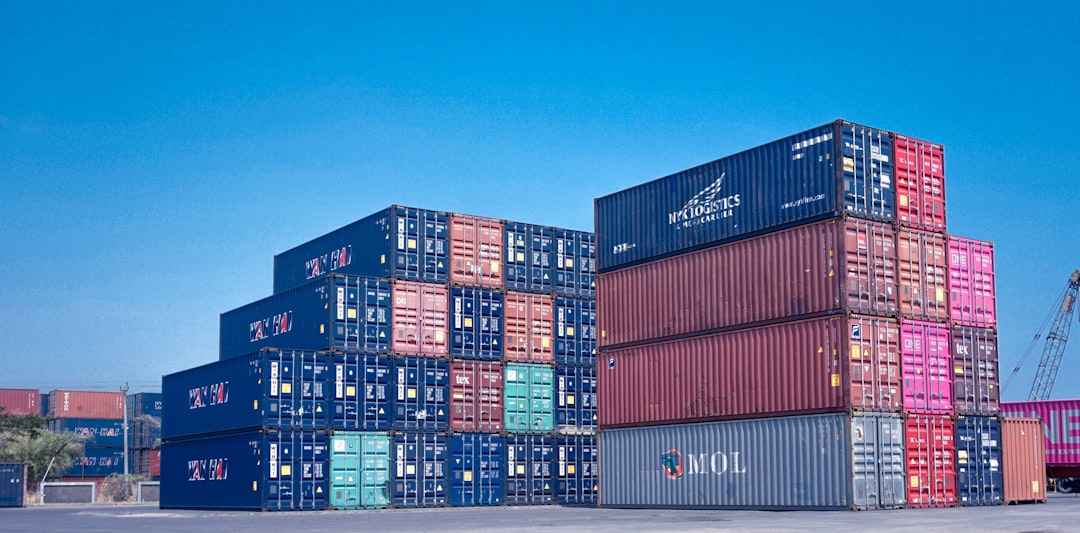In today’s interconnected world, businesses rely heavily on efficient and reliable logistics to navigate the complexities of global trade. This reliance has fueled the rise of global logistics partner networks, intricate webs of interconnected companies working collaboratively to deliver goods and services across international borders. This post delves into the intricacies of these networks, exploring their benefits, challenges, and the future of this vital component of the global economy.
The Architecture of Global Logistics Partner Networks
Global logistics partner networks are not monolithic entities; instead, they are dynamic ecosystems composed of various players. These include:
- Freight Forwarders: These companies act as intermediaries, managing the entire shipping process, from origin to destination. They handle documentation, customs clearance, and coordinate transportation across multiple modes.
- 3PL Providers (Third-Party Logistics): These providers offer a broader range of services, including warehousing, inventory management, and transportation. They can manage entire supply chain segments for their clients.
- 4PL Providers (Fourth-Party Logistics): 4PLs are more strategic, acting as master orchestrators of the entire supply chain. They manage and optimize the entire process, often integrating technology and data analytics.
- Carriers: These are the companies that physically transport goods, including shipping lines, trucking companies, and airlines.
- Customs Brokers: These specialists handle the complex process of navigating customs regulations and ensuring compliance in different countries.
- Warehousing and Distribution Centers: These facilities provide storage, consolidation, and order fulfillment services.
The effective collaboration between these partners is crucial for successful global logistics.
Benefits of Utilizing Global Logistics Partner Networks
Leveraging a well-structured global logistics partner network offers several significant advantages:
- Cost Efficiency: Consolidated shipping and streamlined processes lead to reduced transportation costs, warehousing expenses, and overall supply chain expenses.
- Enhanced Visibility and Control: Real-time tracking and data analytics provide greater visibility into the supply chain, allowing for proactive problem-solving and improved decision-making.
- Increased Efficiency and Speed: Optimized processes and specialized expertise lead to faster delivery times and improved overall efficiency.
- Reduced Risk and Improved Reliability: Diversifying partners and implementing robust contingency plans mitigate risks associated with disruptions, delays, and unforeseen circumstances.
- Access to Expertise and Specialized Services: Partner networks provide access to a wide range of specialized services, from customs brokerage to specialized transportation solutions.
- Scalability and Flexibility: Partner networks can easily scale up or down to meet changing demands, providing flexibility to adapt to market fluctuations.
Challenges in Managing Global Logistics Partner Networks
While offering numerous advantages, managing global logistics partner networks also presents challenges:
- Coordination and Communication: Coordinating multiple partners across different time zones and languages can be complex and require robust communication strategies.
- Data Integration and Visibility: Integrating data from different partners’ systems can be challenging, hindering real-time visibility and efficient decision-making.
- Risk Management: Managing risks associated with geopolitical instability, natural disasters, and supply chain disruptions requires proactive planning and robust contingency measures.
- Regulatory Compliance: Navigating varying customs regulations and trade agreements across different countries requires expertise and meticulous attention to detail.
- Technology Integration: Implementing and integrating technology solutions across the network can be costly and require significant effort.
- Partner Selection and Management: Choosing reliable and trustworthy partners is crucial, requiring thorough due diligence and ongoing performance monitoring.
Technology’s Role in Optimizing Global Logistics Partner Networks
Technology plays a crucial role in enhancing the efficiency and effectiveness of global logistics partner networks. Solutions like:
- Transportation Management Systems (TMS): These systems optimize transportation routes, manage freight costs, and track shipments in real-time.
- Warehouse Management Systems (WMS): These systems manage inventory, optimize warehouse operations, and improve order fulfillment processes.
- Supply Chain Visibility Platforms: These platforms provide real-time visibility into the entire supply chain, enabling proactive problem-solving and improved decision-making.
- Blockchain Technology: This technology can enhance transparency and security by providing a tamper-proof record of transactions and shipments.
- Artificial Intelligence (AI) and Machine Learning (ML): These technologies can be used for predictive analytics, demand forecasting, and route optimization.
By leveraging these technologies, companies can significantly improve the efficiency, transparency, and resilience of their global logistics partner networks.
The Future of Global Logistics Partner Networks
The future of global logistics partner networks will be shaped by several key trends:
- Increased Automation and Robotics: Automation will play an increasingly important role in optimizing warehousing, transportation, and other logistics processes.
- Greater Emphasis on Sustainability: Companies will increasingly focus on reducing their environmental impact through sustainable transportation and packaging solutions.
- Enhanced Data Analytics and Predictive Capabilities: Advanced analytics and predictive modelling will be used to optimize supply chains, anticipate disruptions, and improve decision-making.
- Greater Collaboration and Ecosystem Integration: Closer collaboration between partners and greater integration of different systems will be crucial for optimizing efficiency and resilience.
- Focus on Resilience and Risk Mitigation: Companies will prioritize building resilient supply chains that can withstand disruptions and unforeseen events.
By adapting to these trends and embracing technological advancements, global logistics partner networks will continue to play a vital role in facilitating global trade and economic growth.
Tags: global logistics, partner networks, supply chain management, international shipping, freight forwarding




